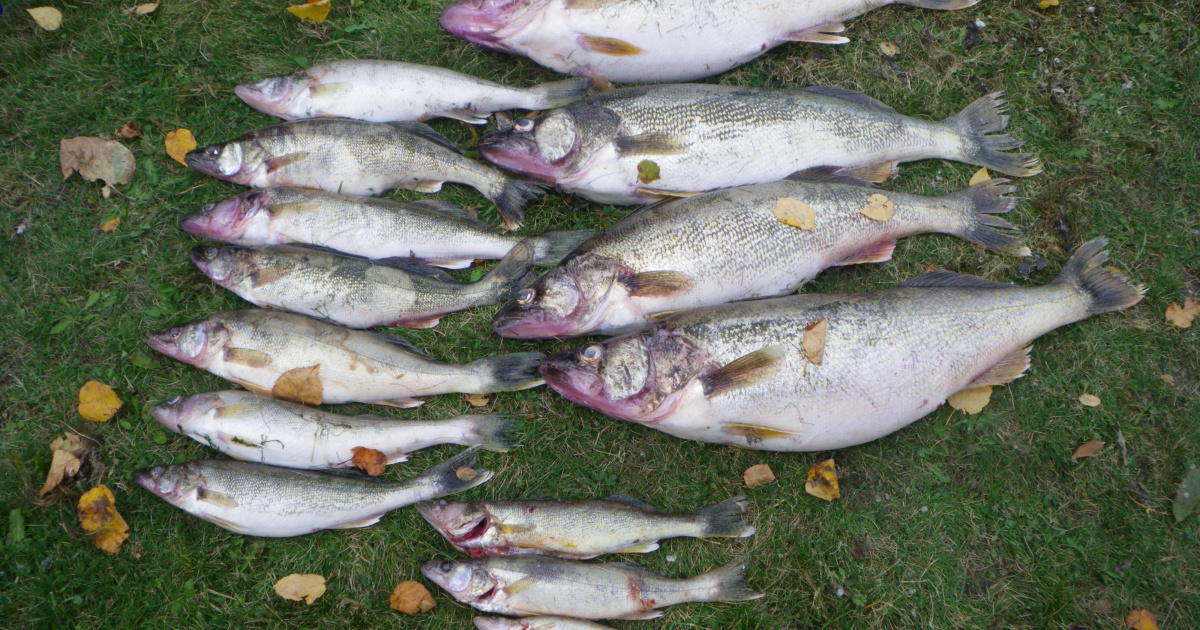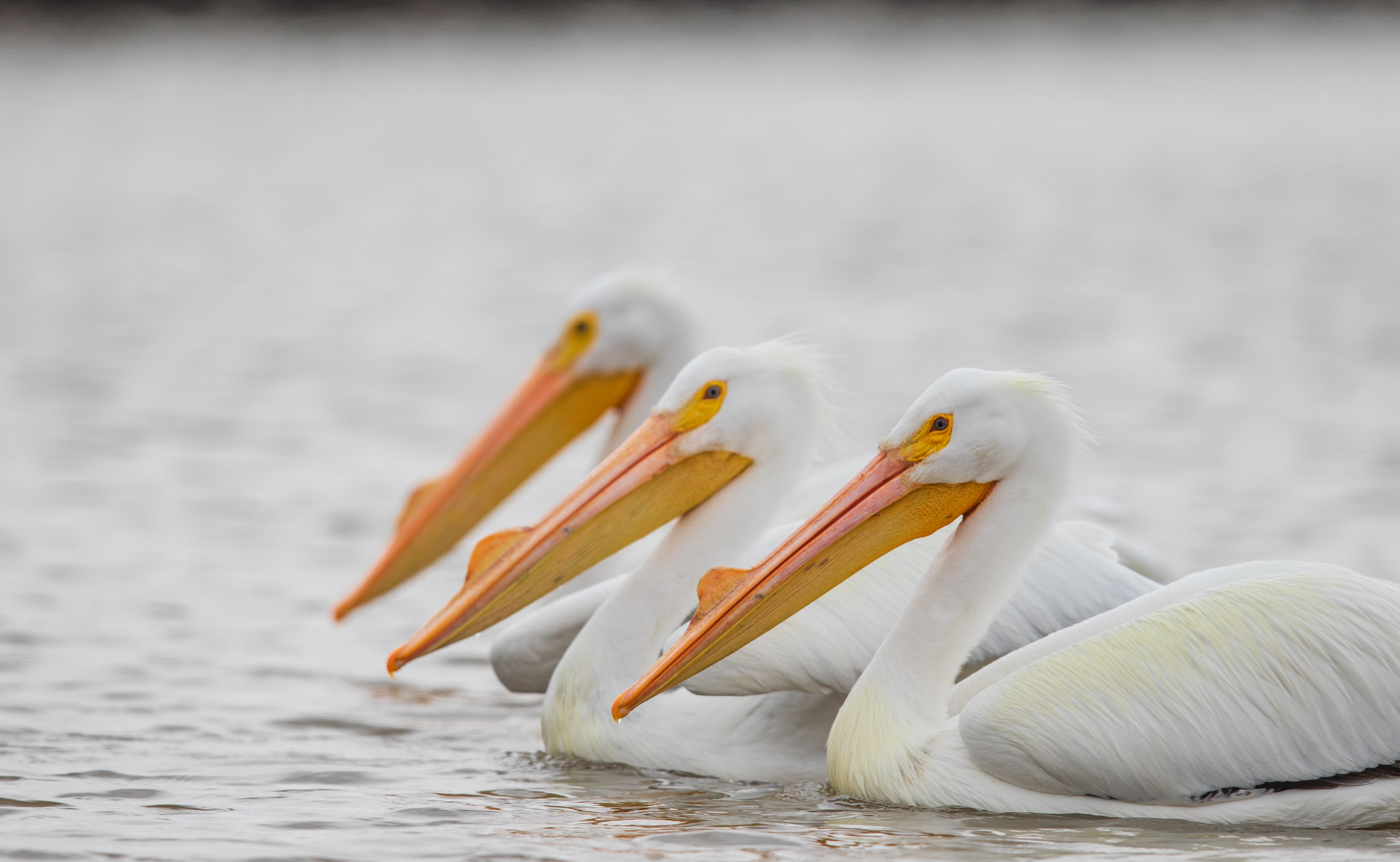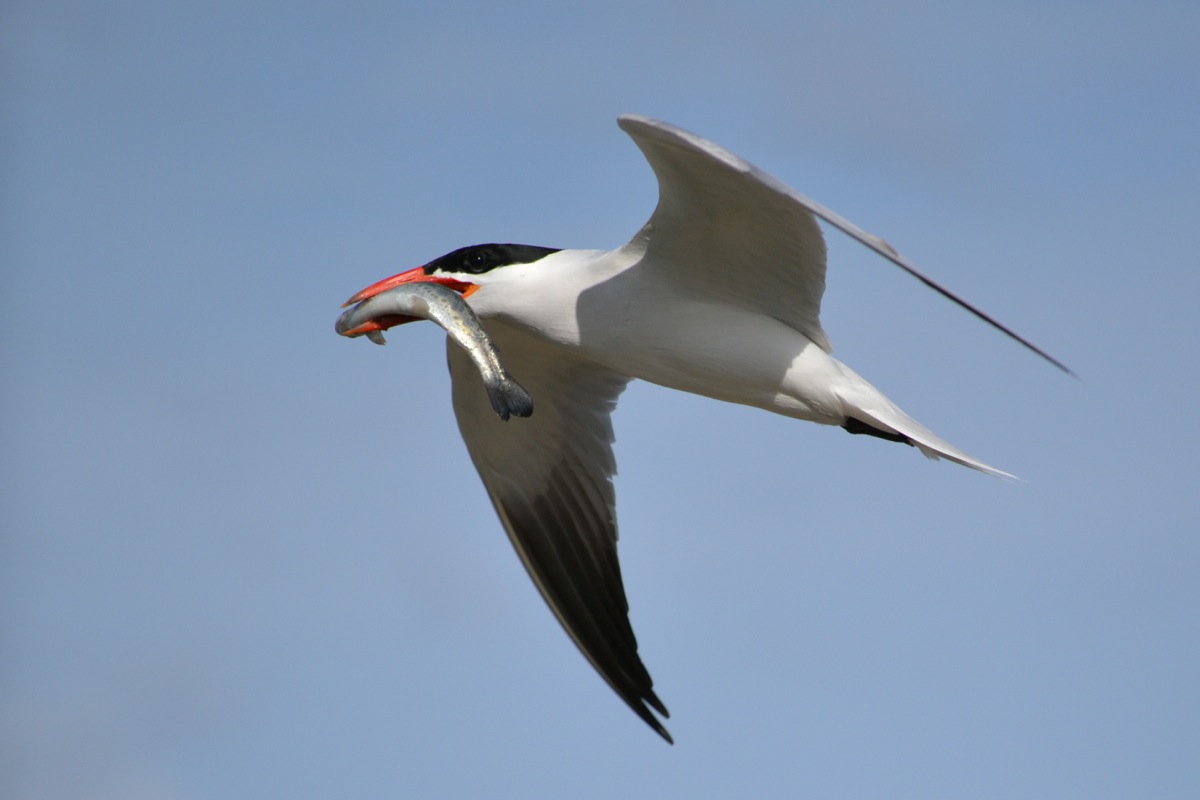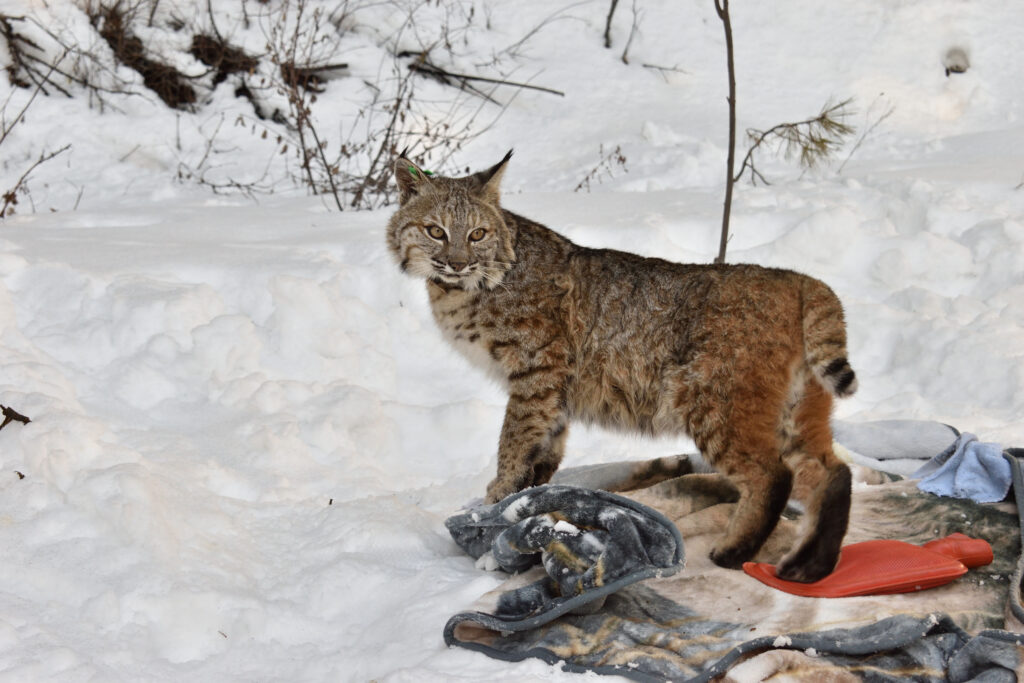Sea Lion Trapping Begins; 2023 Pinniped Report Notes Predation Impacts To ESA Steelhead Twice As Severe Compared To Spring Chinook
April 5th, 2024
As states and tribes begin trapping and euthanizing sea lions in the Columbia River near Bonneville Dam this week, the U.S. Army Corps of Engineers released its 2023 report on last year’s pinniped abundance and predation of salmon and steelhead. The report covers the period July 2022 through May 2023 and shows that the 104 sea lions observed during the 2023 reporting period is the highest since 2018, when the number was 134.
Invasive Walleye Moving Higher Into Snake River Basin, Threatening Wild, Hatchery Stocks Of Juvenile Salmon, Steelhead, Lamprey
March 22nd, 2024
Walleye, an invasive species with a reputation for a voracious appetite, has moved down the Columbia River from Lake Roosevelt and are now being counted in increasing numbers upstream of Lower Granite Dam on the Snake River, according to a report by the Idaho Department of Fish and Game.
Déjà Vu: Oregon Study Says Once Again Salmon-Eating Cormorants Need To Somehow Be Relocated From Astoria Bridge Back To Estuary Island
November 16th, 2023
The thousands of double-crested cormorants nesting on the 5-mile-long Astoria-Megler Bridge in the Columbia River estuary that are damaging the bridge, causing safety problems and eating more salmon and steelhead smolts must go, according to a value engineering study led by the Oregon Department of Transportation.
Bad News For Salmon: Walleye Spreading Into Idaho, Most Reports Ever Of Walleye Upstream Of Lower Granite Dam
August 23rd, 2023
Idaho Fish and Game has received more verified reports and pictures from people catching walleye in the Hells Canyon reach of the Snake River and Salmon River in 2023 than in all previous years.
Is A Growing American White Pelican Population In Mid-Columbia River Threat To Salmonids? Researchers Now Studying Predation Impacts
August 10th, 2023
A growing American white pelican population on an island in the mid-Columbia River basin could be a new threat to salmon and steelhead. The large white birds not only scoop out batches of juvenile fish, they also have been known to eat adult salmon, including sockeye salmon and other fish as large as 29 inches.
More Letters, Meetings About What To Do With Salmon-Eating Cormorants On Astoria Bridge; Chase Them Back To East Sand Island? Culling?
June 16th, 2023
In a January letter, the Northwest Power and Conservation Council invited Oregon and Washington transportation agencies to meet jointly to discuss their mutual problem of double-crested cormorants on the Astoria-Megler Bridge that spans the Columbia River estuary at Astoria, OR.
Researchers Survey Studies Of Avian Predation Of Columbia River Salmon, Steelhead; Identify Trends, Predator-Prey Dynamics, Fish Susceptibility Factors
June 8th, 2023
The breeding season for avian predators, March–August, overlaps with the peak out-migration of juvenile salmon and steelhead, April -- August, according to a recent survey of literature that looked specifically at peer-reviewed studies of Caspian terns, double-crested cormorants and gulls that prey on salmonids in the Columbia River basin.
Washington Predator-Prey Project: New Research Shows Coyotes, Bobcats Move Into Human Inhabited Areas To Avoid Cougars, Wolves
May 24th, 2023
Since their protection under the Endangered Species Act, wolf populations have been making a comeback in the continental United States. Conservationists have argued that the presence of wolves and other apex predators, so named because they have no known predators aside from people, can help keep smaller predator species in check.
Oregon Legislation Offers More Flexibility In Managing Non-Native Game Fish -Bass, Walleye- That Gobble Up Native Salmon, Steelhead Smolts
May 5th, 2023
A legislative bill sitting on Oregon Gov. Tina Kotek’s desk waiting for signature would give Oregon more flexibility in managing predatory non-native game fish species --such as bass and walleye -- that consume salmon and steelhead smolts in the Columbia River basin.








